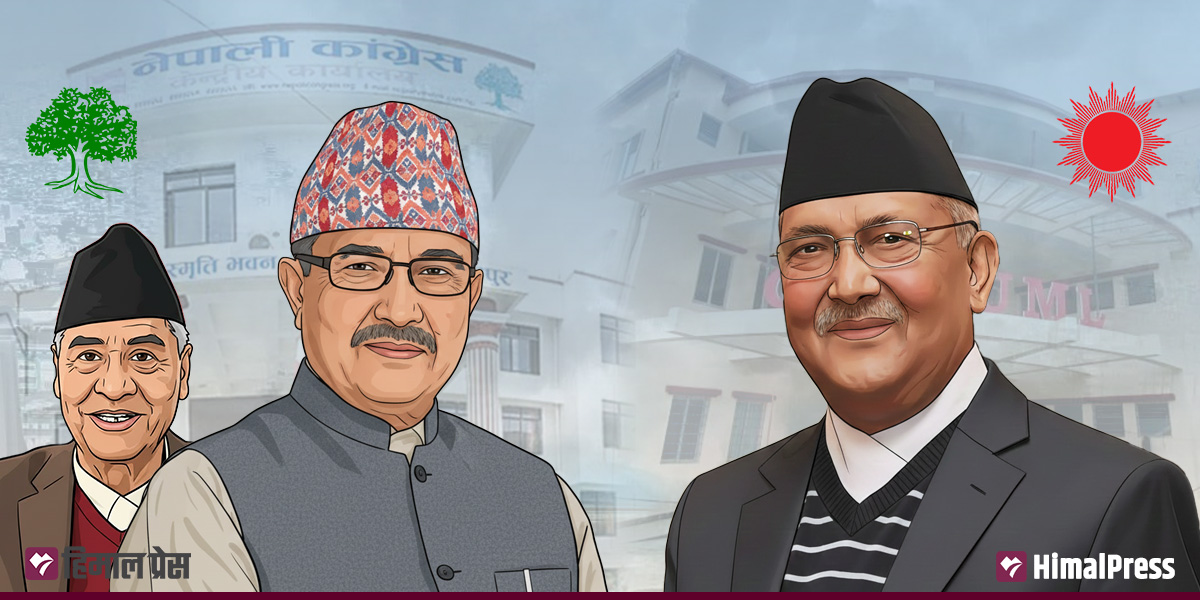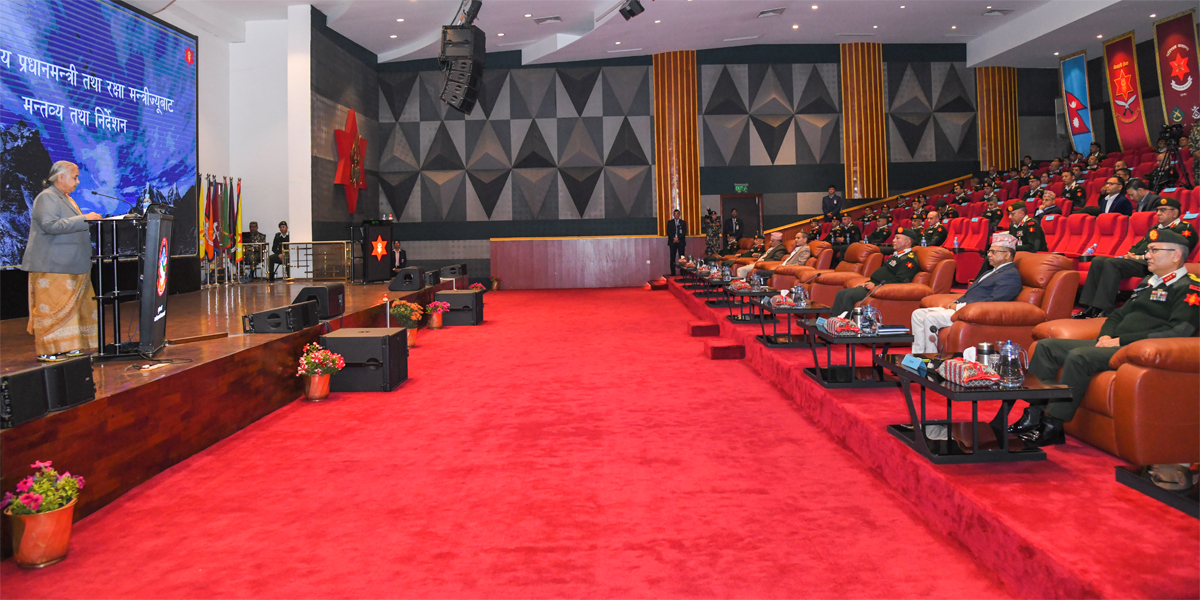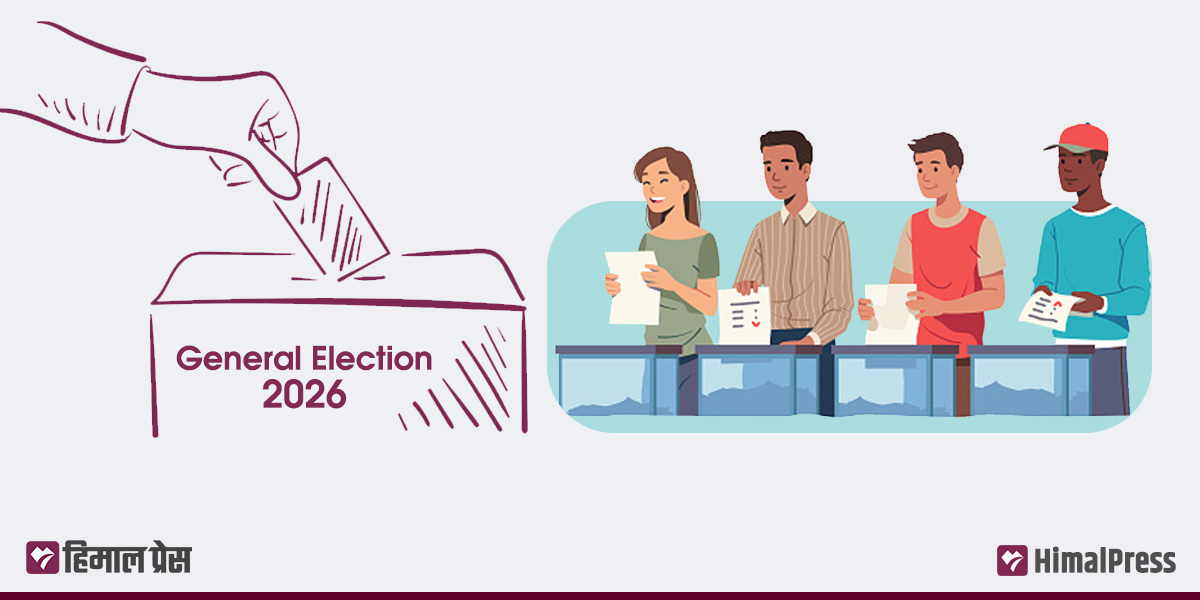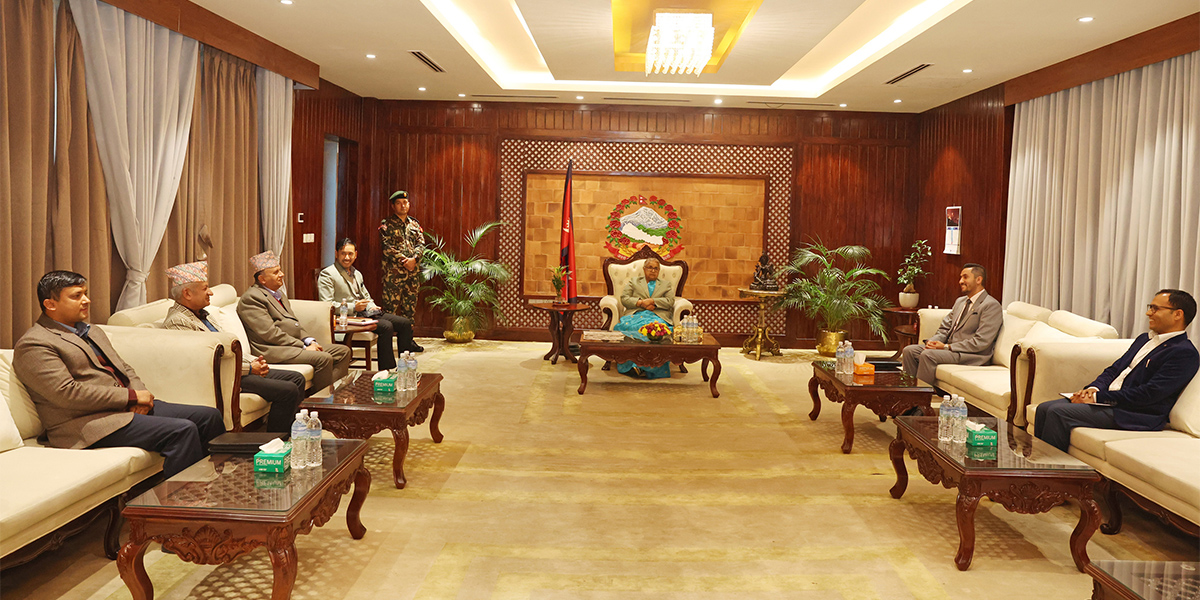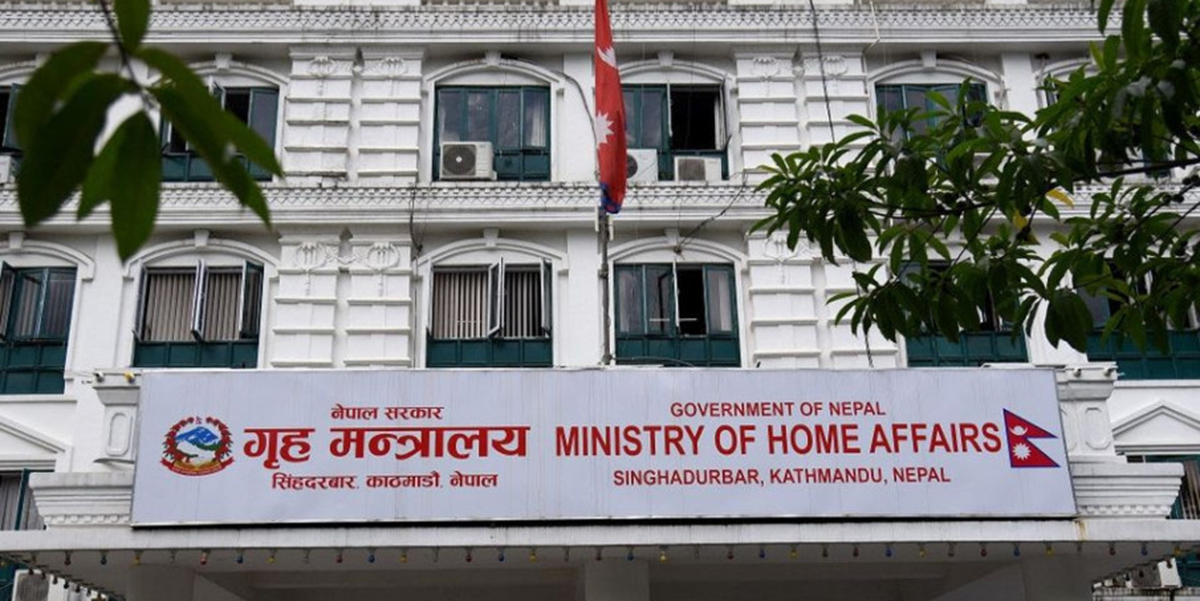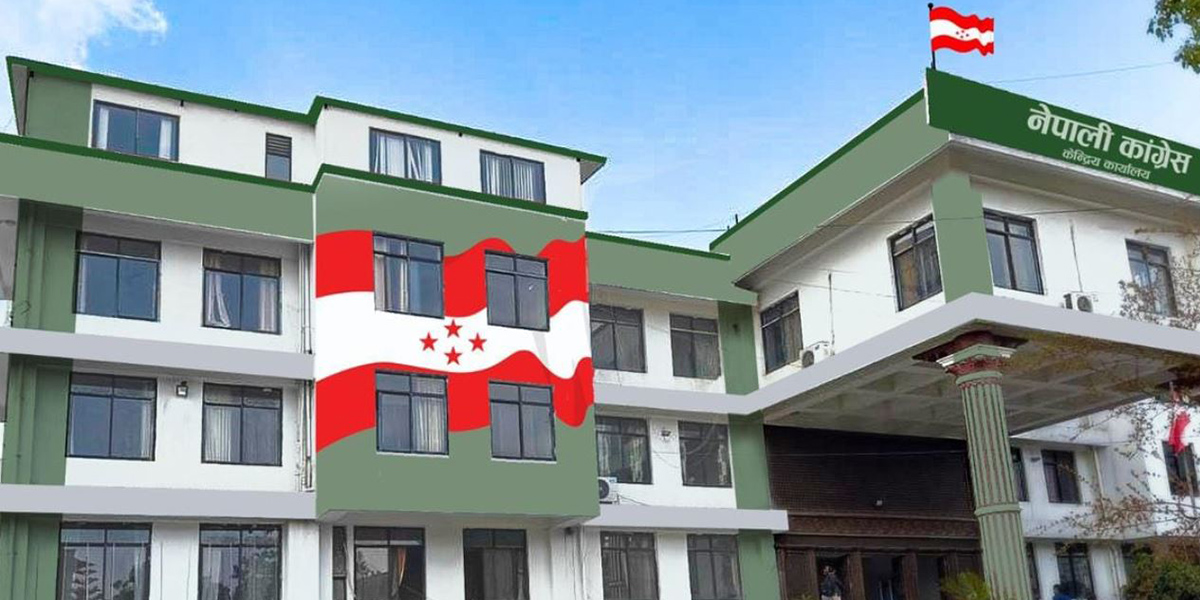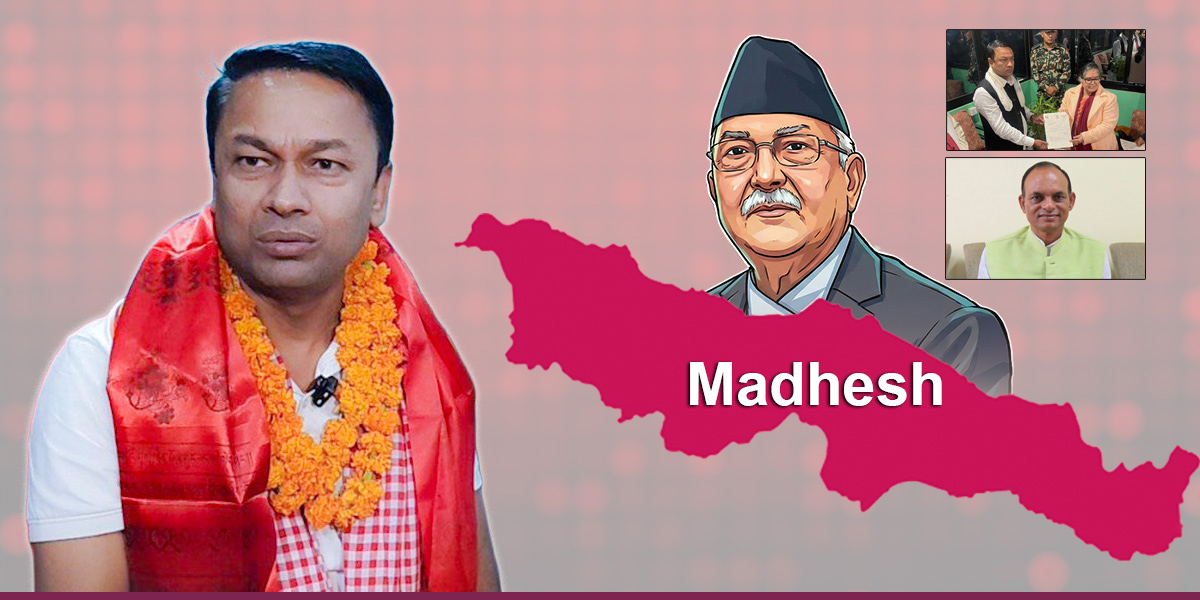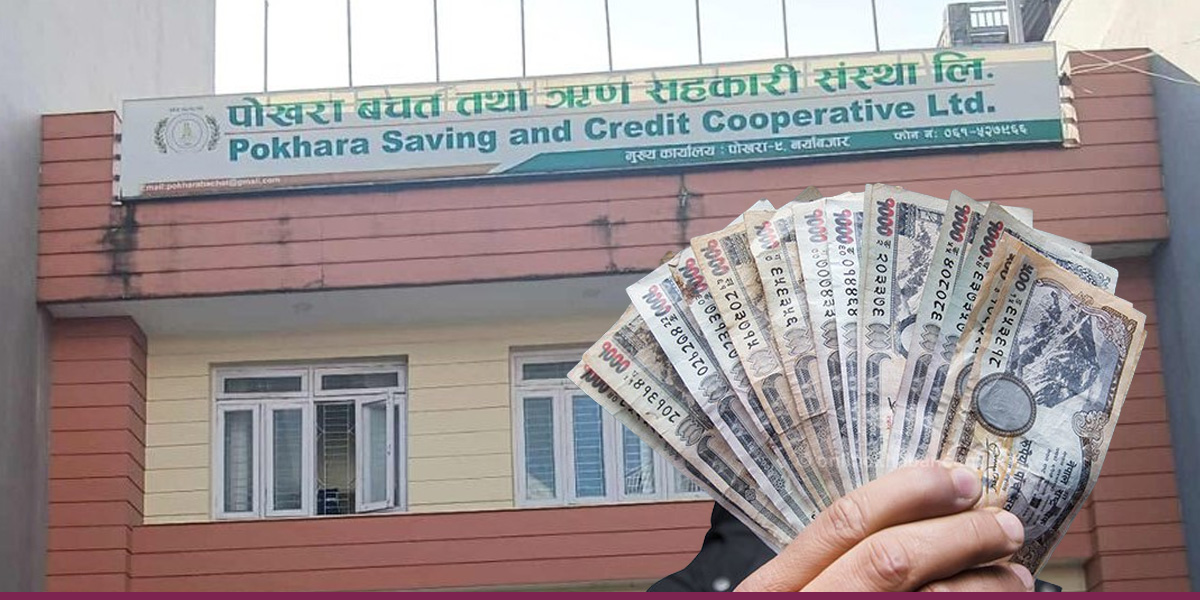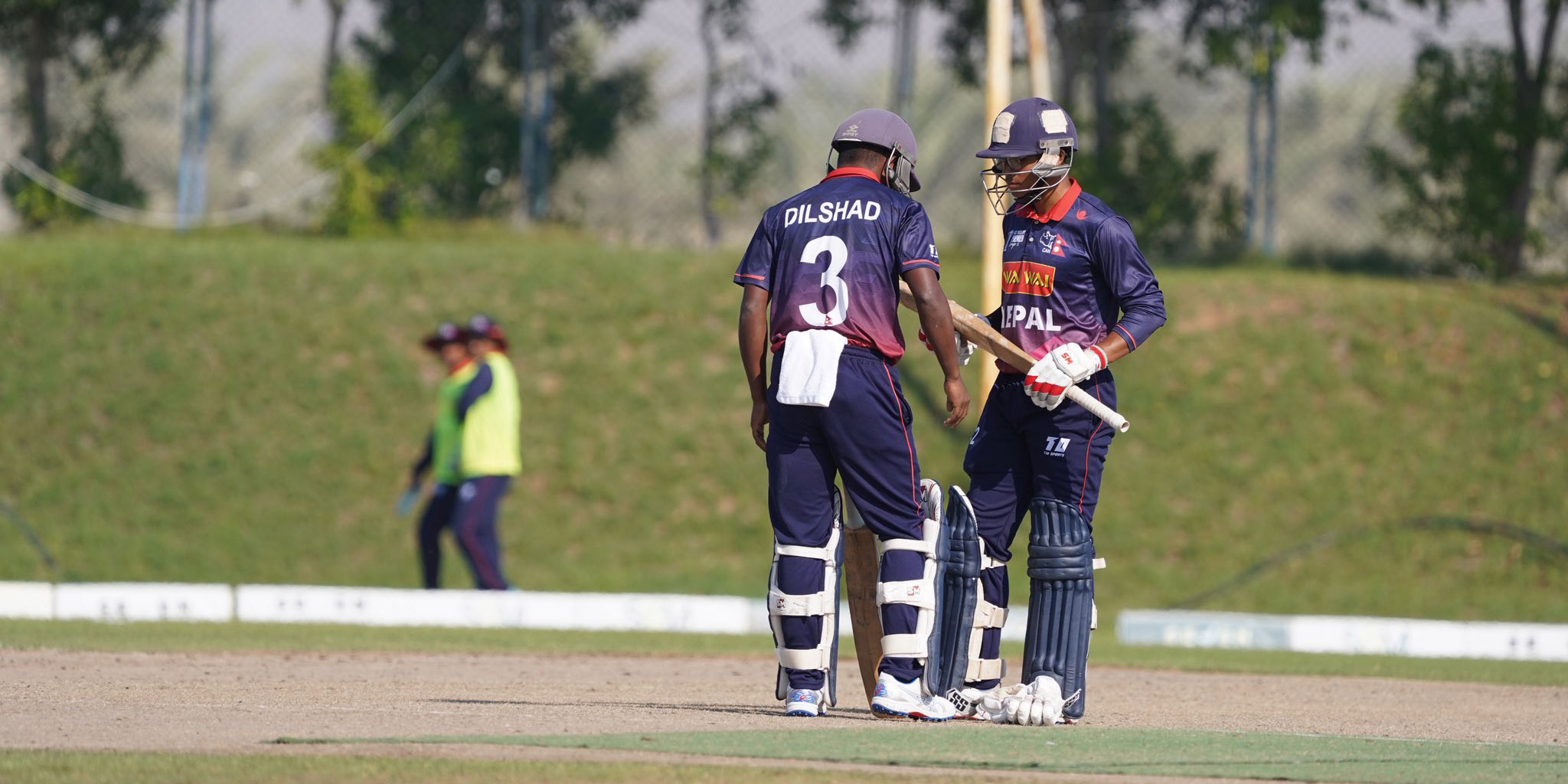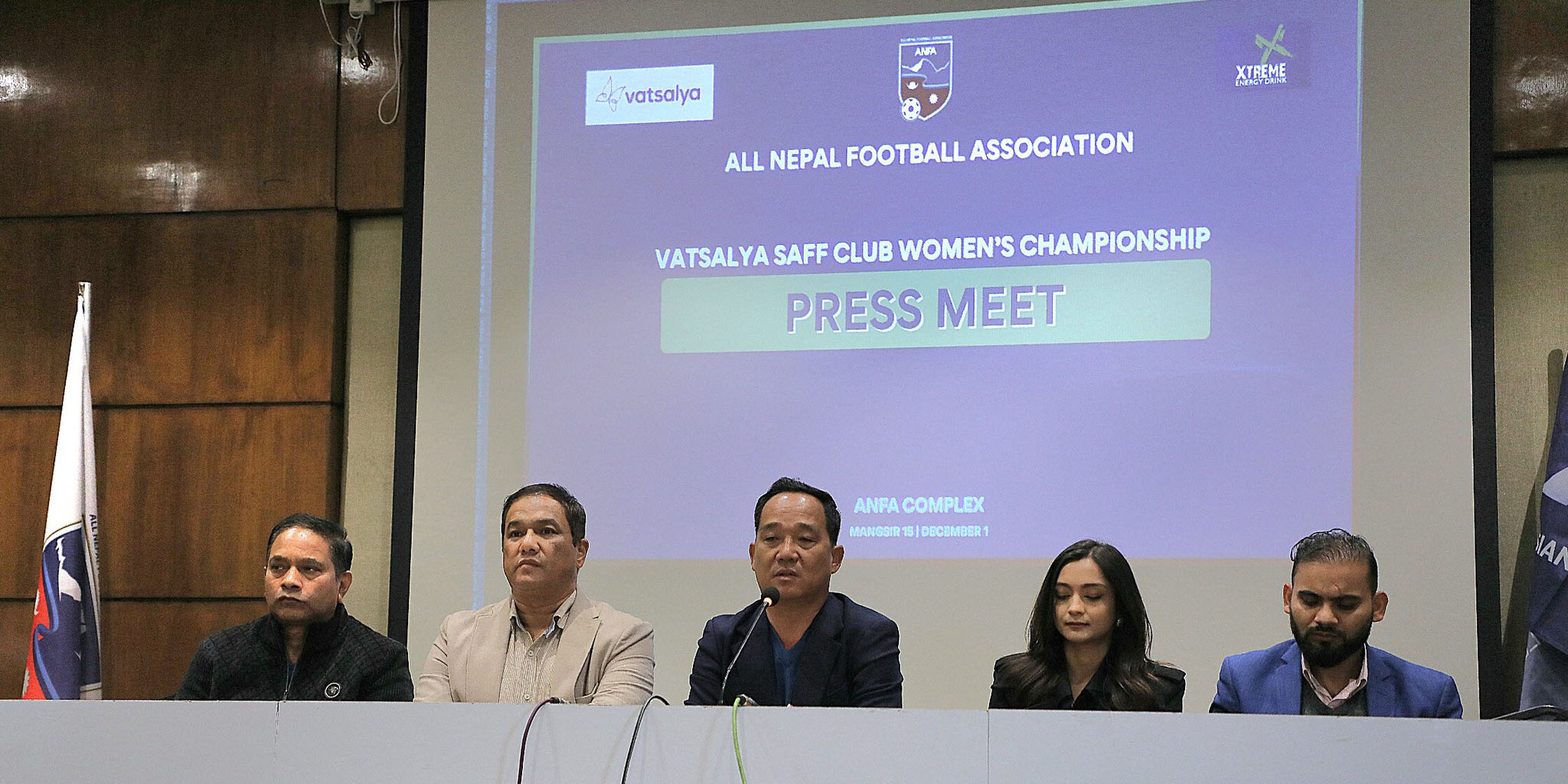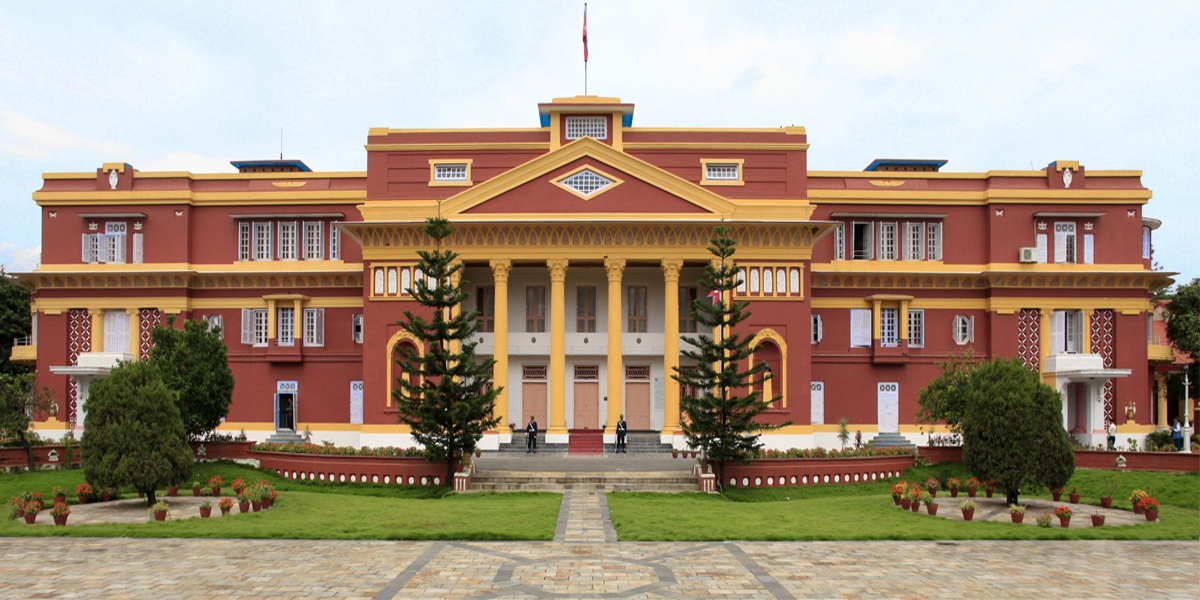 Office of the President. (File Photo)
Office of the President. (File Photo)
KATHMANDU: As the presidential election approaches, parties have begun discussions on the possible candidates. Meanwhile, speculations are also being made on the eligibility of sitting lawmakers to run without resigning and the outcomes if they do not win the election.
This election marks the third of its kind since the adoption of the new constitution in 2015, with Bidya Devi Bhandari having won the previous two. Nepal’s first president, Dr Ram Baran Yadav, was elected under the 2007 interim constitution.
The term of President Bhandari is set to end on March 12, while Vice President Nanda Bahadur Pun’s term will end on March 17. The Election Commission has scheduled the presidential election for March 9.
Can a sitting lawmaker contest?
As per the current laws, a sitting lawmaker can contest for the positions of president and vice president. According to Article 11 (E) of the President and Vice President Electoral Act, 2017, anyone not holding a “position of benefit” can run for office. The “position of benefit” refers to any position that receives financial benefits from government funds, excluding political positions filled through elections or nominations.
The Election Commission Spokesperson, Shaligram Sharma Poudel, has stated that the law explicitly allows a sitting lawmaker to contest the presidential or vice presidential elections without resigning. If a sitting lawmaker is elected as president or vice president, their seat will automatically become vacant.
Electoral College
As specified in Article 62 of the Constitution of Nepal, the President and Vice President are elected by an electoral college consisting of 275 members of the House of Representatives, 59 members of the National Assembly, and 550 members of the provincial assemblies. The voting weightage of federal parliament members and provincial assembly members will vary as determined by federal law.
The voting weightage of a sitting lawmaker will be calculated by dividing the total population of the country by the number of federal parliament members. Similarly, the voting weightage of provincial assembly members will be calculated by dividing the total population by the number of provincial assembly members.
Since the National Statistics Office has not yet published the final report of the 2021 census, the Election Commission is preparing to use the population data from the 2011 census to calculate the voting weightage.

 Himal Press
Himal Press 